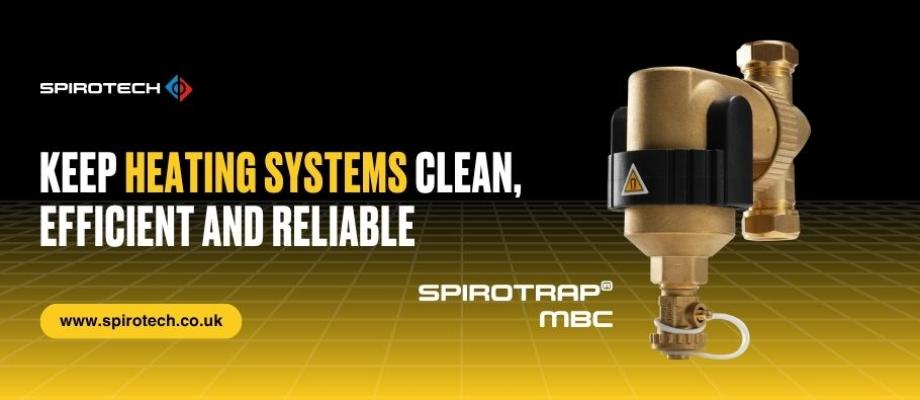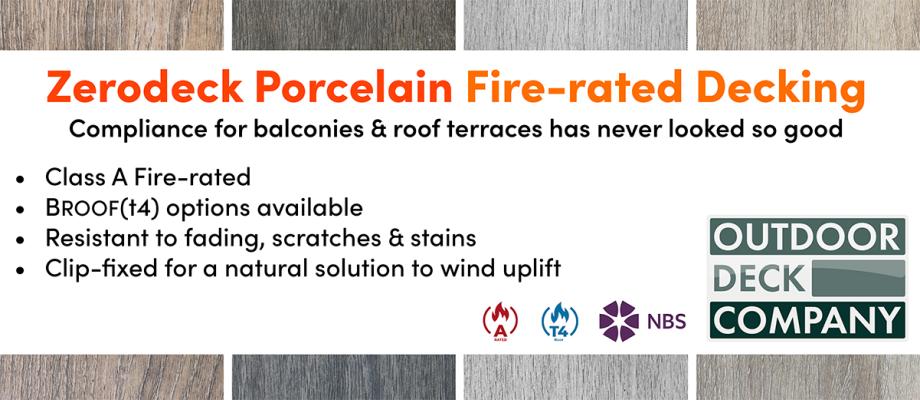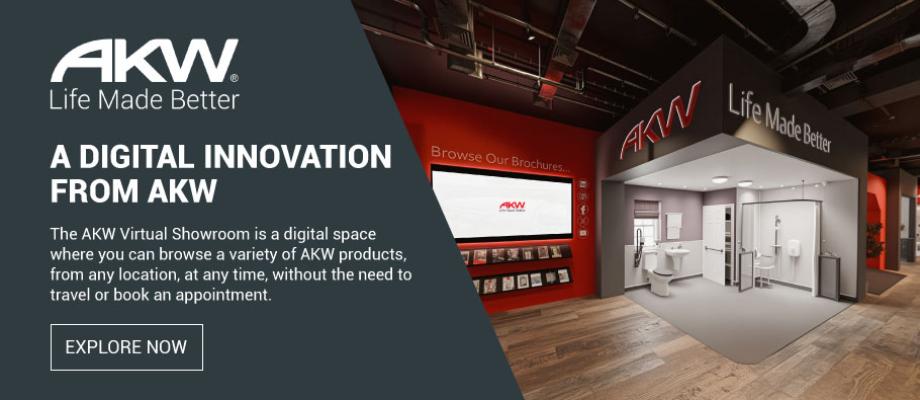‘Fabric First’ is a practice recognised in the building industry, to improve the energy efficiency performance of homes.
Stewart Clements, Director of the Heating & Hotwater Industry Council (HHIC) recently stated. “It’s important that those responsible for building new homes and for upgrading existing homes – including both social and private housing providers and landlords – recognise the different factors involved in minimising energy consumption and in making tomorrow’s homes the efficient properties needed to achieve decarbonisation and reach the net zero target for 2050.”
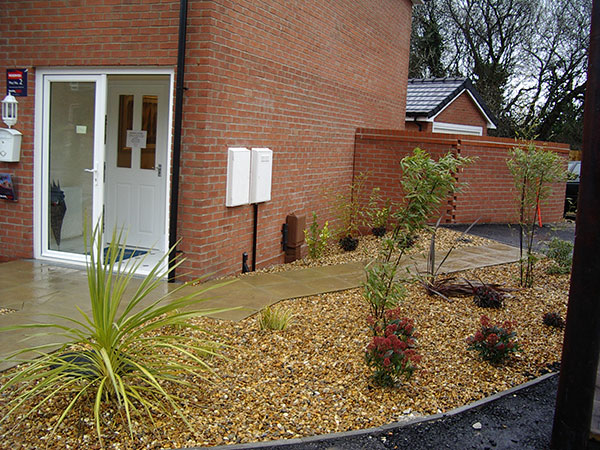
Groundbreaker, surface mounted water meter housing, adjacent to energy meters
Historically, the environmental impact of water usage has been largely ignored. However recent environmental concerns and energy costs have highlighted the link between the water coming out the tap and environment. The recent surges in energy prices have focused attention on the cost. Heidi Mottram, CEO, Northumbrian Water highlighted the fact that on average 25% of energy used in the home is to heat water.
“The energy used to heat water for devices and appliances emits an average of 875kg of CO2 per household per year. This is equivalent to the CO2 emissions from driving more than 1,700 miles in an average family car.” [1,2,3]
- Energy Saving Trust
Whilst water efficient appliances, i.e. dishwashers and washing machines, can reduce domestic water and energy usage, much of this hot water used in ‘time critical’ usage e.g. taking a shower or running the tap to rinse dishes.
To date, much of the water industry’s focus has been on adapting customer behaviour. In traditionally drought ridden environments such as Australia and South Africa, consumers have largely embraced the message. However, Britain’s grey sky and regular rainfall makes it harder to embed behaviour change. A change in the ‘fabric’ of the water network may be the solution.
Our water companies are regulated to provide a minimum standard of pressure and flow of water, but in many areas due to network structure and gravity fed systems supply is much greater. So, run a hose for five minutes at the bottom of the hill, and your lawn will be greener than the gardener that does the same at the top. These ‘time controlled’ uses, e.g. teeth cleaning, taking a shower, running a tap to rinse dishes could be standardised down if all households received the same acceptable, ‘standardised’ supply.
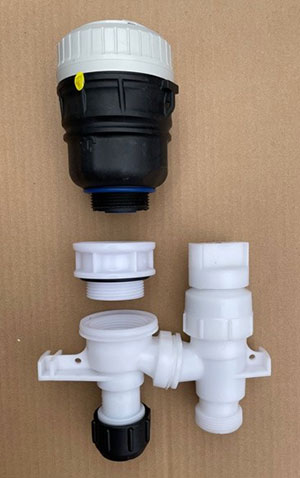
Water meter, NRv2 LoFlo and manifold positioned as located in boundary box or Groundbreaker
Groundbreaker’s NRv2 LoFlo® is a surprisingly simple method of working towards current water usage reduction targets NRv2 LoFlo® regulates the level of flow entering customer premises – regardless of network pressure, meaning a reduction in the level of water used by customers when ‘variable use’ appliances are used. As the flow of water into the premises is limited, then the amount used by the customer is also limited – but without providing a degradation of service, and more importantly not requiring any intervention or behavioural change on the part of the customer, leading to ‘natural’ reduction in per capital consumption.
Whilst some water companies are offering ‘environmental incentives’ to developers to build water efficient homes, and some local planning departments are insisting on water efficient homes designed to keep per capita consumption (PCC) to under 100L per person per day, this will not impact the consumption of existing housing stock.
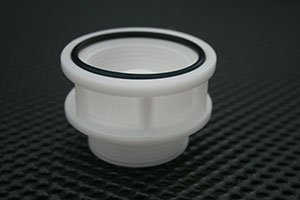 The NRv2 LoFlo® (pictured left) can be easily and simply fitted to any meter installation or retrofitted on meter exchange or when upgrading or remediating underground meter chambers. Thus, allowing Water Companies to manage demand with little or no impact on consumers and at minimal cost to the water undertakers.
The NRv2 LoFlo® (pictured left) can be easily and simply fitted to any meter installation or retrofitted on meter exchange or when upgrading or remediating underground meter chambers. Thus, allowing Water Companies to manage demand with little or no impact on consumers and at minimal cost to the water undertakers.
“A simple solution at approximately £20 per household, fitted on the normal meter exchange/upgrade cycle could achieve in excess of 20% of consumption reduction targets in 10 years.”
A number of flow modulation ranges are available which enable the perfect balance between usage reduction and service provision. As an added benefit, the NRv2 LoFlo® can also provide whole site protection against contamination by back flow - effectively a 3 in 1 solution.
For further details www.groundbreaker.co.uk
- Log in to post comments


